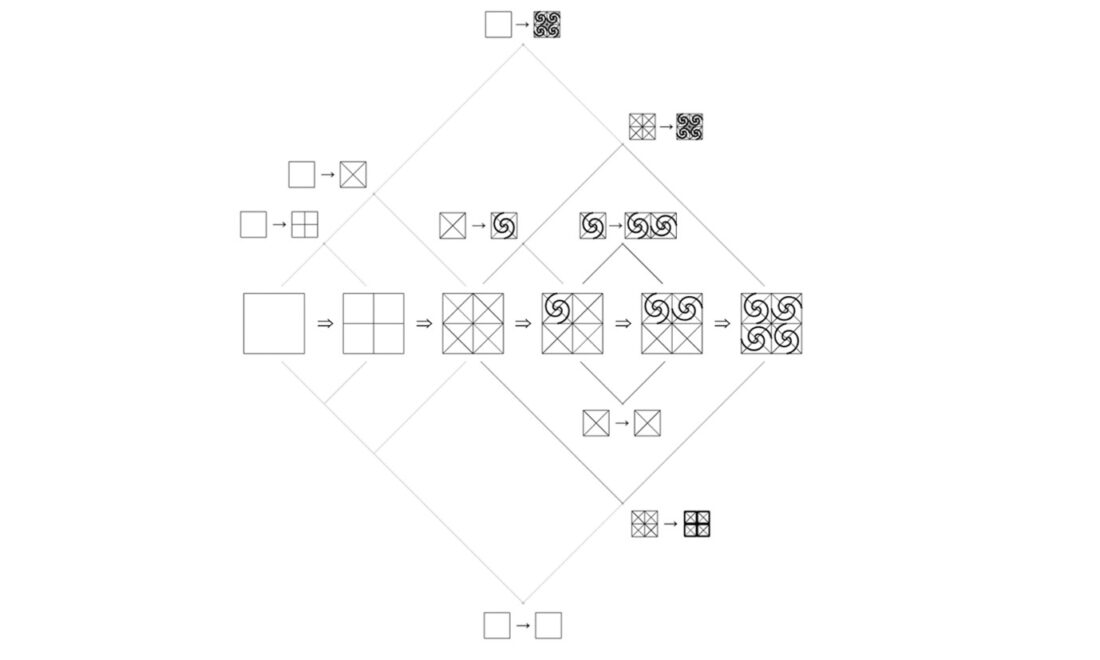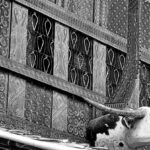Computation and Construction in Architecture (CoCoA) Lab
School of Architecture, Design and Planning
School of Architecture, Design and Planning


Passura engraved in Toraja’s traditional house (Tongkonan)

Inductive Shape Grammar generates rules from the making process

Deducted rules to compute the Meander motif and its composition.

the engraver’s drawing process as observed and interpreted design-to-drawing process




Deductive reasoning –interpreting rules from secondary data or literature– has effectively examined designs logic from the past, where the authors are no longer present. Yet, in a condition where access to the craftsperson and the making process is possible, there is an opportunity to induce design logic from on-site observation.
Nevertheless, direct access to the local makers or craftspersons does not always guarantee straightforward access to the local design knowledge, as their knowledge might have been passed down tacitly from generation to generation, sometimes without explicit documentation.
A site-sensitive analytical method is required to capture the subtlety in a making culture.
This research applies inductive reasoning to analyse and represent design knowledge in a tacit environment from direct observation with an initial case study on Passura, a traditional ornament on the façade of Toraja houses (Tongkonan) in Indonesia.
Our inductive reasoning on Passura’s making principles led to productive results. The making rules from the observation of the drawing process managed to deduce rules for other designs in the fields, confirming the hidden principles and foundational geometries that are not seen in the final design yet pivotal in maintaining their design corpus.